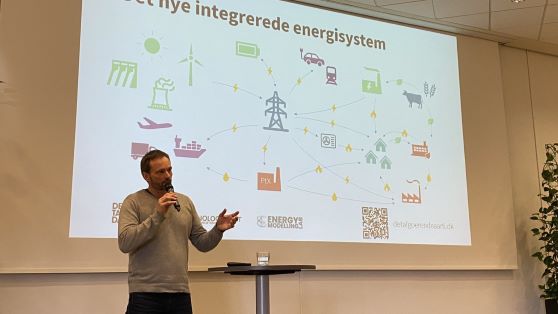
How can local authorities mitigate resistance from citizens to new renewable energy plants and facilities? In a new report, a partnership model for municipalities is presented as a solution. The model is the result of a two-year project, The Future Green Energy and the Citizens, launched by the Danish Board of Technology and Deltager Danmark (Participation Denmark).
The model divides the process of developing partnerships into five phases. The centerpiece is to establish a local dialogue forum with representatives of all local stakeholders. When organized and tailored to the local community culture, a process of dialogue can ensure local ownership and legitimacy. Correspondingly, such a process has the merit of contributing to more informed and better decisions, efficient use of resources, and innovative solutions. Most importantly, it saves time because the stakeholders have opportunities to iron out misunderstandings and conflicts.
Citizen summits
The project took place in the municipalities of Kalundborg, Vordingborg, and Holbæk. The local citizens have been engaging in meetings such as “citizen summits”. We contributed as independent experts in energy planning. We have presented possible scenarios of the green transition of the local energy supply.
To give the participants a better sense of the implications, we have presented more detailed charts. One chart showed the land use needed to produce 1 million MWh by energy production facilities using respectively solar, wind, and biomass. Others explained the estimated increase in demand for electricity and the needed increase in production.
The title of the report means From Resistance to Tailwind
Project: Fremtidens Grønne Energi og Borgerne (“Future Green Energy and the Citizens”)
Duration: 2022-2023
Client: The Danish Board of Technology
Budget: DKK 100,000
Contact person: Niels-Kristian Tjelle Holm
EML Team: Ida Græsted Jensen and Kenneth Karlsson
